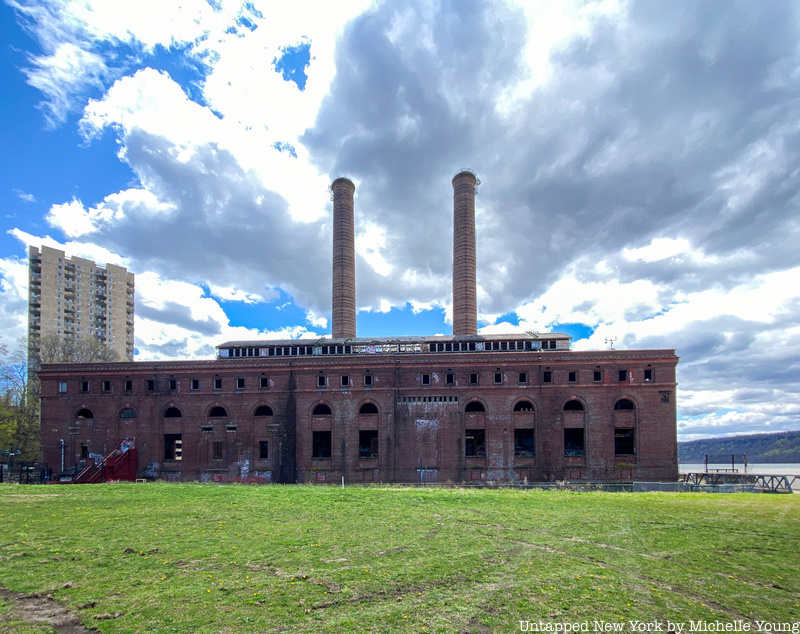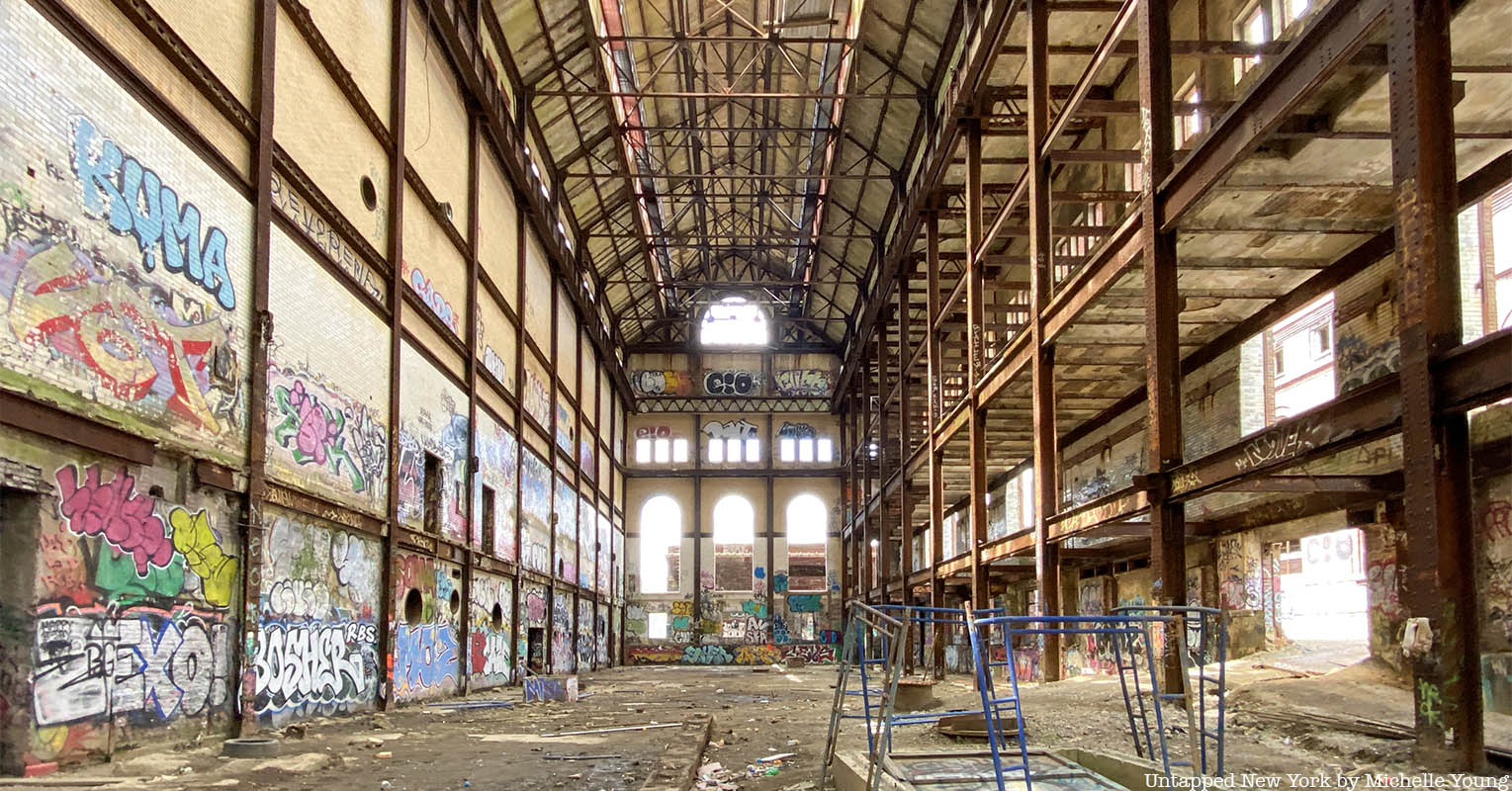Amidst the scenic grandeur of the Hudson River in New York, the Glenwood Power Plant stands as a silent behemoth, a relic of the industrial age. This once-mighty facility played a pivotal role in electrifying New York City and the surrounding region, leaving behind a powerful legacy of innovation, architectural grandeur, and eventual abandonment. The Glenwood Power Plant was constructed in 1906 by the New York Central and Hudson River Railroad. Its primary purpose was to generate electricity to power the electrification of the rail lines, a revolutionary advancement in transportation at the time. The plant’s strategic location along the Hudson River allowed it to harness the force of the river for cooling and electricity production.

Designed by the renowned architectural firm of Warren & Wetmore, the Glenwood Power Plant was not just a functional industrial facility but also a work of architectural grandeur. Its ornate Beaux-Arts facade and classical elements, including massive arched windows and decorative terracotta detailing, gave it a sense of elegance and importance. The plant played a crucial role in the electrification of the rail lines, which reduced pollution and made train travel more efficient. At its peak, it generated electricity to power over 800 miles of electrified track, including the iconic Grand Central Terminal in New York City. The Glenwood Power Plant was instrumental in the transition from steam to electric locomotives.

As the years passed, technological advancements and the decline of rail travel led to the decline of the Glenwood Power Plant. By the mid-20th century, the plant’s services were no longer in demand, and it was gradually abandoned. The imposing structure, once a symbol of progress, began to crumble and fall into disrepair. Despite its deteriorating condition, the Glenwood Power Plant has attracted the attention of preservationists and enthusiasts who recognize its historical and architectural significance. Efforts have been made to secure the structure and explore potential adaptive reuse projects.

The decaying industrial beauty of the Glenwood Power Plant has made it a magnet for urban explorers and photographers. Its cavernous interior, with massive machinery and towering windows, provides a haunting but captivating backdrop for artistic expression. The Glenwood Power Plant, New York, USA, is a monumental reminder of the electrification of the railways and the grandeur of industrial architecture in the early 20th century. Its history, from playing a pivotal role in transportation electrification to its eventual abandonment, represents the evolving landscape of technology and infrastructure. As preservation efforts continue and its story is shared, the Glenwood Power Plant remains an iconic relic on the banks of the Hudson River, a testament to the enduring allure of industrial history and architectural grandeur.
